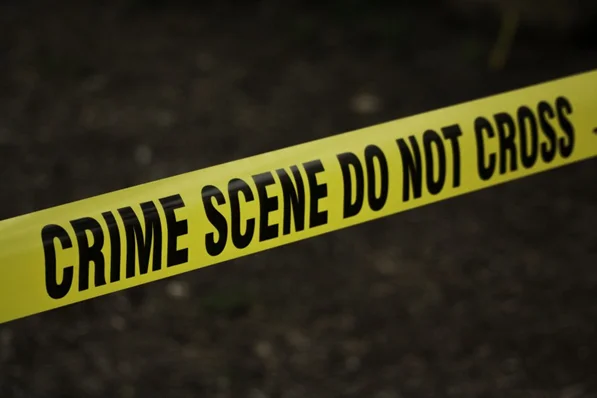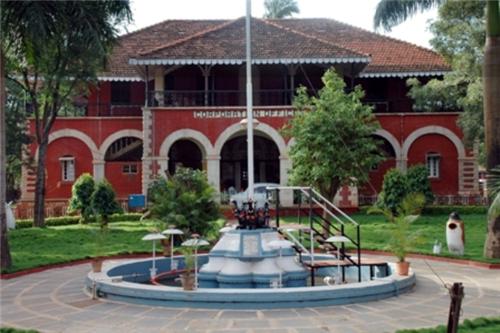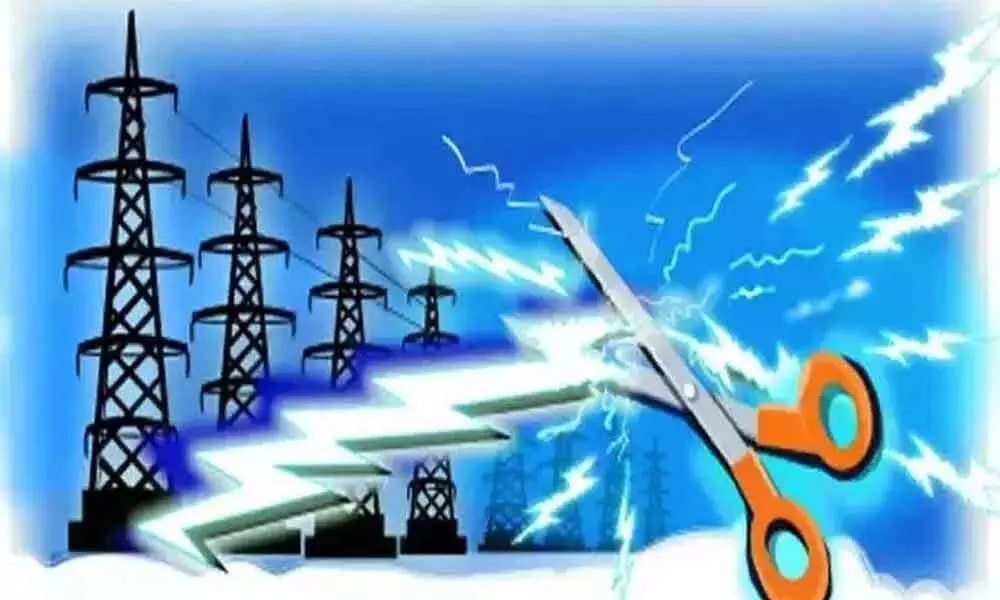By Dr Sandya N
Secretary ASI-HD
Laparoscopic and Endoscopic Surgeon
Ashoka Hospital, Hubballi
Per rectal bleeding, or rectal bleeding, refers to the passage of blood from the rectum or anus, a symptom that often causes concern for individuals. While the presence of blood in stool can be alarming, the causes vary from benign conditions to more serious diseases. Early diagnosis and appropriate medical intervention are crucial to determining the underlying cause and ensuring proper treatment.
What is Per Rectal Bleeding?
Per rectal bleeding is characterized by the presence of blood in or on stool, or the occurrence of blood dripping from the rectum. The blood may appear bright red, dark, or even mixed with the stool. The amount of bleeding can range from a small amount on toilet paper to large volumes of blood in the stool.
Common Causes of Per Rectal Bleeding
- Haemorrhoids: One of the most common causes of rectal bleeding, haemorrhoids are swollen blood vessels around the anus or rectum. They can be internal or external and are often associated with pain, itching, and bleeding during bowel movements.
- Anal Fissures: Small tears in the skin around the anus, usually caused by passing hard stools, can lead to bright red bleeding during or after bowel movements. Fissures are often accompanied by pain.
- Diverticular Disease: Diverticula are small pouches that form in the walls of the colon. When these pouches become inflamed or infected (diverticulitis), it can cause bleeding, often without pain.
- Inflammatory Bowel Diseases (IBD): Conditions like Crohn’s disease and ulcerative colitis can cause chronic inflammation in the digestive tract, leading to symptoms like diarrhoea, abdominal pain, and rectal bleeding.
- Gastrointestinal Infections: Infections of the gastrointestinal tract, such as bacterial or viral infections, can cause inflammation and bleeding in the intestines, leading to rectal bleeding.
- Polyps: Colorectal polyps, which are abnormal growths on the colon or rectal lining, can cause bleeding, especially if they become large or cancerous over time.
- Colorectal Cancer: While less common, colorectal cancer is a serious cause of per rectal bleeding. Blood may appear in stool or may be hidden, only detectable through medical tests such as a stool test or colonoscopy.
Understanding Haemorrhoids: Causes, Symptoms, and Treatment
What Are Haemorrhoids?
Haemorrhoids, commonly referred to as piles, are swollen veins located in the lower part of the rectum and anus. Similar to varicose veins, they can develop inside the rectum (internal haemorrhoids) or under the skin around the anus (external haemorrhoids). While often uncomfortable and sometimes painful, haemorrhoids are a common condition and usually not dangerous.
Types of Haemorrhoids
- Internal Haemorrhoids
These form inside the rectum and are typically not visible. They are usually painless but can cause bleeding during bowel movements. - External Haemorrhoids
These develop under the skin around the anus. They can be itchy, painful, and sometimes bleed. In some cases, blood may pool in an external haemorrhoid and form a clot (thrombosed haemorrhoid), leading to severe pain and swelling.
Causes and Risk Factors
Haemorrhoids are primarily caused by increased pressure in the lower rectum, which can result from:
- Straining during bowel movements
- Chronic constipation or diarrhoea
- Sitting for long periods, especially on the toilet
- Pregnancy (due to increased pressure on pelvic veins)
- Obesity
- Low-fibre diet
- Heavy lifting on a regular basis
Age is also a contributing factor, as tissues supporting the veins in the rectum and anus can weaken and stretch over time.
Symptoms of Haemorrhoids
Common signs and symptoms include:
- Bright red blood after a bowel movement
- Itching or irritation in the anal region
- Pain or discomfort, especially when sitting
- Swelling around the anus
- A lump near the anus, which may be sensitive or painful (external haemorrhoid)
Diagnosis
Doctors can usually diagnose haemorrhoids through:
- Physical examination (especially for external haemorrhoids)
- Digital rectal exam (a gloved, lubricated finger is inserted into the rectum)
- Anoscopy, sigmoidoscopy, proctoscopy,or colonoscopy (for internal haemorrhoids or if other digestive symptoms are present)
Treatment Options
- Lifestyle and Home Remedies
Most mild cases improve with simple changes:
- High-fiber diet (whole grains, fruits, vegetables)
- Drinking plenty of fluids
- Regular exercise
- Avoiding prolonged sitting or straining
- Warm sitz baths (sitting in warm water for 10–15 minutes)
- Over-the-counter creams and ointments (e.g., hydrocortisone)
- Medical Procedures
For persistent or painful haemorrhoids:
- Band ligation – cuts off blood flow to internal haemorrhoids
- Sclerotherapy – chemical injection shrinks the haemorrhoid
- Infrared coagulation – uses heat to shrink tissue
- Hemorrhoidectomy – surgical removal (for severe or recurring cases)
- Stapled hemorrhoidopexy – blocks blood flow and repositions the haemorrhoid
Prevention
To reduce the risk of developing haemorrhoids:
- Eat a fiber-rich diet
- Drink plenty of water
- Avoid straining during bowel movements
- Exercise regularly
- Don’t delay going to the toilet when you feel the urge
- Avoid sitting for long periods, especially on the toilet
When to See a Doctor
While haemorrhoids often resolve on their own, you should seek medical attention if:
- Bleeding persists
- Pain is severe
- Symptoms don’t improve with home treatment
- There’s a noticeable change in bowel habits
Stool Training: A Guide to Healthy Bowel Habits
Stool training, also known as bowel training, is the process of teaching a person—typically a young child or someone recovering from a medical condition—to have regular, healthy bowel movements. While often associated with toilet training in toddlers, stool training can also apply to adults who need to re-establish normal bowel habits due to illness, surgery, or chronic constipation.
Why Is Stool Training Important?
Developing regular bowel habits is essential for digestive health and overall well-being. Irregular or infrequent bowel movements can lead to:
- Constipation
- Painful defecation
- Fecal impaction
- Soiling (in children)
- Decreased quality of life
Proper stool training helps prevent these issues and promotes independence and confidence, particularly in children.
When to Start Stool Training
For children, stool training typically begins between 18 months and 3 years, depending on the child’s readiness. Signs of readiness include:
- Staying dry for longer periods
- Showing interest in the toilet
- Being able to communicate the need to go
- Discomfort with dirty diapers
Adults may begin stool retraining after surgery, illness, or as part of managing conditions like irritable bowel syndrome (IBS), chronic constipation, or incontinence.
Key Principles of Stool Training
- Establish a Routine
Encourage sitting on the toilet at the same times every day, especially:
- After meals (gastrocolic reflex is strongest then)
- After waking up Consistency helps the body develop a natural rhythm.
- Create a Comfortable Environment
- Ensure the toilet seat is child-friendly or well-fitted.
- Use footstools to support the feet and promote proper posture, mimicking a squatting position which makes defecation easier.
- Give privacy and reassurance, avoiding pressure or punishment.
- Healthy Diet and Hydration
- High-fiber foods (fruits, vegetables, whole grains)
- Plenty of water These help keep stools soft and easy to pass.
- Positive Reinforcement
Use praise, stickers, or small rewards for attempts and successes to build positive associations.
- Address Fear or Anxiety
Children may avoid bowel movements due to fear of the toilet or past painful experiences. Compassionate reassurance is key. In some cases, talking to a pediatrician or counselor helps.
When Stool Training Is Challenging
Some children and adults may struggle with stool training due to:
- Constipation
- Sensory sensitivities
- Developmental delays
- Medical conditions (e.g., Hirschsprung’s disease, spinal cord injury)
In these cases, a medical evaluation is necessary. Pediatricians, gastroenterologists, or occupational therapists can provide support and guidance.
Diagnosis of Per Rectal Bleeding
When a person presents with rectal bleeding, a thorough medical history and physical examination are essential to determine the cause. Doctors may ask about the nature and duration of the bleeding, along with any associated symptoms such as pain or changes in bowel habits.
Common diagnostic tests include:
- Digital Rectal Exam (DRE): A physical examination of the anus and rectum to check for hemorrhoids, fissures, or masses.
- Colonoscopy: A procedure in which a flexible tube with a camera is inserted into the colon to examine the inside of the colon and rectum. This test helps identify conditions like polyps, cancer, and inflammation.
- Stool Tests: A sample of stool may be tested for blood (occult blood test) or signs of infection.
- Sigmoidoscopy: Similar to colonoscopy, but this test examines only the lower part of the colon.
- CT Scan or MRI: Imaging tests may be used to detect conditions like diverticular disease or more complex forms of colorectal cancer.
Treatment and Management
The treatment for per rectal bleeding depends on the underlying cause:
- Hemorrhoids: Conservative measures such as dietary changes (increasing fiber intake), topical creams, sitz baths, and, in some cases, medical procedures like rubber band ligation or hemorrhoidectomy.
- Anal Fissures: These may heal with increased fiber intake, stool softeners, and topical creams to relieve pain and promote healing. Severe cases may require surgical intervention.
- Diverticular Disease: For mild cases, a high-fiber diet and antibiotics may suffice. Severe bleeding may require surgery or, in rare cases, blood transfusions.
- Inflammatory Bowel Diseases: Medications to reduce inflammation and control symptoms, along with dietary modifications, are typically used. In some cases, surgery may be necessary.
- Infections: Antibiotics or antivirals may be prescribed, depending on the type of infection.
- Colorectal Cancer: Treatment often involves surgery to remove the tumor, possibly followed by chemotherapy or radiation therapy, depending on the stage of the cancer.
When to See a Doctor
Individuals experiencing rectal bleeding should seek medical attention if:
- The bleeding is persistent or recurrent
- There is a significant amount of blood
- It is accompanied by severe pain, weight loss, or changes in bowel habits
- There is a family history of colorectal cancer or inflammatory bowel disease
While per rectal bleeding can be caused by a range of conditions, many of them are treatable with early intervention. Prompt diagnosis and medical care are essential to managing the underlying cause and preventing further complications. Anyone experiencing symptoms of rectal bleeding should consult with a healthcare professional to ensure proper care and treatment.

























